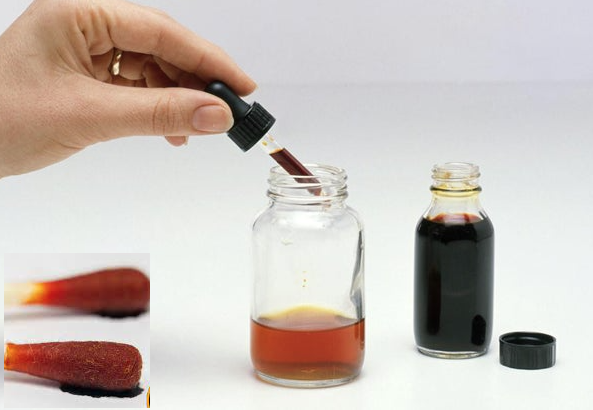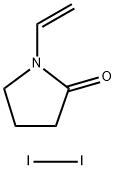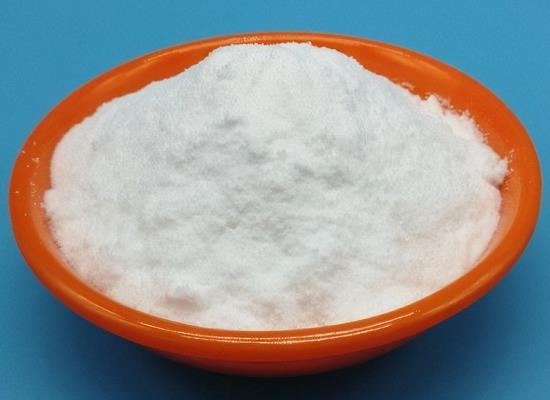Is Povidone iodine safe? At what concentration does it work?
Introduction
Povidone iodine (PI) is one of the oldest and most commonly used disinfectants in surgery. As early as the 19th century, PI had been used to prevent Surgical site infection (SSI). The concentration of PI used can vary, depending on the site of surgery (0.5%–10%)[1].

Uses
The pathway of interleukin‐6 (IL‐6), interleukin‐10 (IL‐10), bone morphogenetic protein (BMP‐2), vascular endothelial growth factor (VEGF) and transforming growth factor (TGF‐β1) during wound healing process was complex.
In vitro, 2.5%, 1.25%, and 0.5% PI inhibited the growth of bacteria. 1.25% and 0.5% PI killed all the bacteria, while 0.25% and 0.05% PI did not kill bacteria after about 10 min. The iodine absorption of 5%, 2.5%, and 0.5% PI irrigation did not cause thyroid injury. The 5%, 2.5%, and 0.5% PI irrigation did not make serum creatinine and alanine aminotransferase abnormal and can remove bacteria from wounds. The 0.5% and 2.5% PI irrigation can promote tissue healing and increase BMP‐2, VEGF, TGF‐β1, and IL‐10, in addition, to decreasing IL‐6. 5% PI irrigation would inhibit tissue healing, and increase IL‐6, and decrease BMP‐2, VEGF, TGF‐β1, IL‐10. Hence, 2.5%, 1.25%, and 0.5% Povidone iodine could effectively kill bacteria. Five percent and lower concentration PI irrigation was safe and could not cause thyroid, kidney, or liver damage. The 0.5% PI irrigation was beneficial for tissue healing but 5% PI irrigation was the opposite.
Mechanism of action
The current studies find that Povidone iodine has a broad antimicrobial spectrum, even the multidrug‐resistant bacteria. Besides, PI rarely causes bacterial resistance and is also effective for biofilm formation. In addition, PI can reduce the inflammatory response. PI kills bacteria by releasing free iodine, which binds with proteins. Once bound, the iodine is carried across the cell membrane into the cell cytoplasm via polyvinylpyrrolidone. The free iodine has a microbicidal effect within 15 s.
Safety
Povidone iodine is associated with tissue toxicity. The toxic effects have been reported on various types of tissues, such as skin, brain, lungs, joints, etc. Even 0.025% PI can make skin fibroblast growth progressively retarded. Iodine is absorbed by the body's mucosa as PI irrigation during operation, which can cause body iodine poisoning and renal failure.
When using povidone-iodine as a local disinfectant on intact skin, wounds, and the mucosa, as well as in body cavities, iodine transfer to the fetus must be assumed. A study of 42 mother–child pairs found significantly increased iodine excretion in the urine of both mother and child when povidone-iodine was used as a disinfectant before Caesarean section, but the TSH values of the children were not different compared with a control group disinfected with alcoholic solutions. In a retrospective comparative study of children with birth defects and healthy children, there were no indications of teratogenic effects after vaginal use during pregnancy[2]. However, an undisturbed thyroid status is necessary for the differentiation of the central nervous system. Therefore, even slight imbalances should be avoided.
Toxicity
Li et al. used PI to rinse the right cerebral cortex of rabbits and found that PI caused micro‐structure changes in the brain. They thought that PI was toxic to brain tissues. Ozkiris et al. investigated the ototoxic effects of PI applied to the middle ear cavity and proposed that high concentration PI solution may cause significant ototoxic effects. Sato et al. analyzed the toxicity of PI to epithelial cells. They used the PI concentrations lower than clinically used and found that 0.01 μM of PI made rat epithelial cells apoptosis, besides, the minimal concentration of Povidone iodine caused apoptosis was 0.001 μM. Newton et al. put their focus on fracture surgery. They examined whether PI irrigation damaged the function of human osteoblast cells. They used 0.35% PI and PI exhibited significant inhibiting effects on cell proliferation. In addition, PI decreased the CII‐SDHB expression of osteoblasts and reduced the bone nodule mineralization formation. They concluded that PI had a rapid and detrimental effect on human osteoblasts.
References
[1] Dong Wang. “The Toxicity and Antibacterial Effects of Povidone-Iodine Irrigation in Fracture Surgery.” Orthopaedic Surgery (2022): 2286–2297.
[2] Schaefer, C. and G. Kirtschig. “2.17 – Dermatological medications and local therapeutics.”Drugs During Pregnancy and Lactation (Third Edition) (2015): 467-492.
See also
Lastest Price from Povidone iodine manufacturers

US $0.00/KG2025-09-12
- CAS:
- 25655-41-8
- Min. Order:
- 1KG
- Purity:
- 99%
- Supply Ability:
- 20TONS

US $0.00/kg2025-05-30
- CAS:
- 25655-41-8
- Min. Order:
- 1kg
- Purity:
- Available Iodine:10%
- Supply Ability:
- 20 TONS


